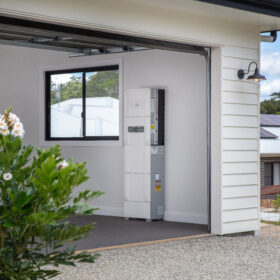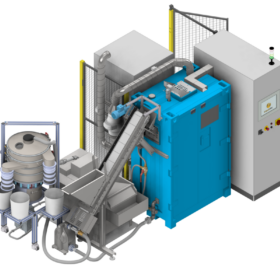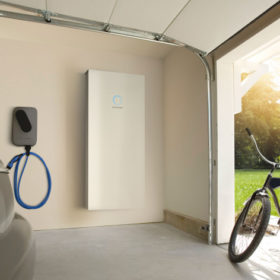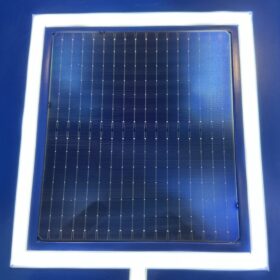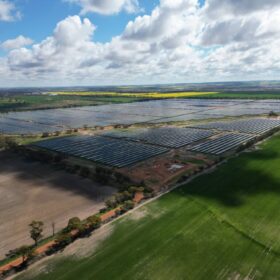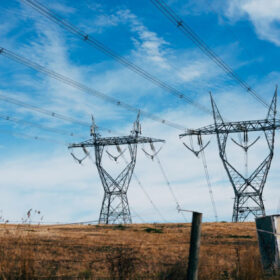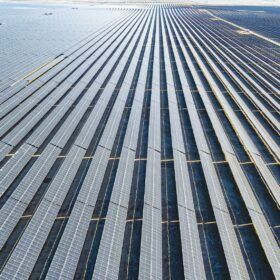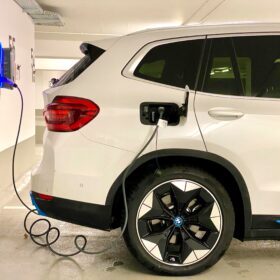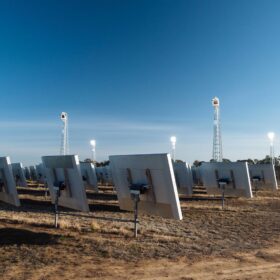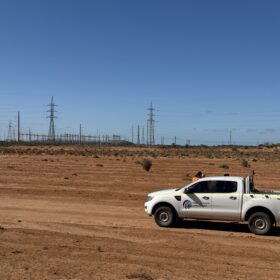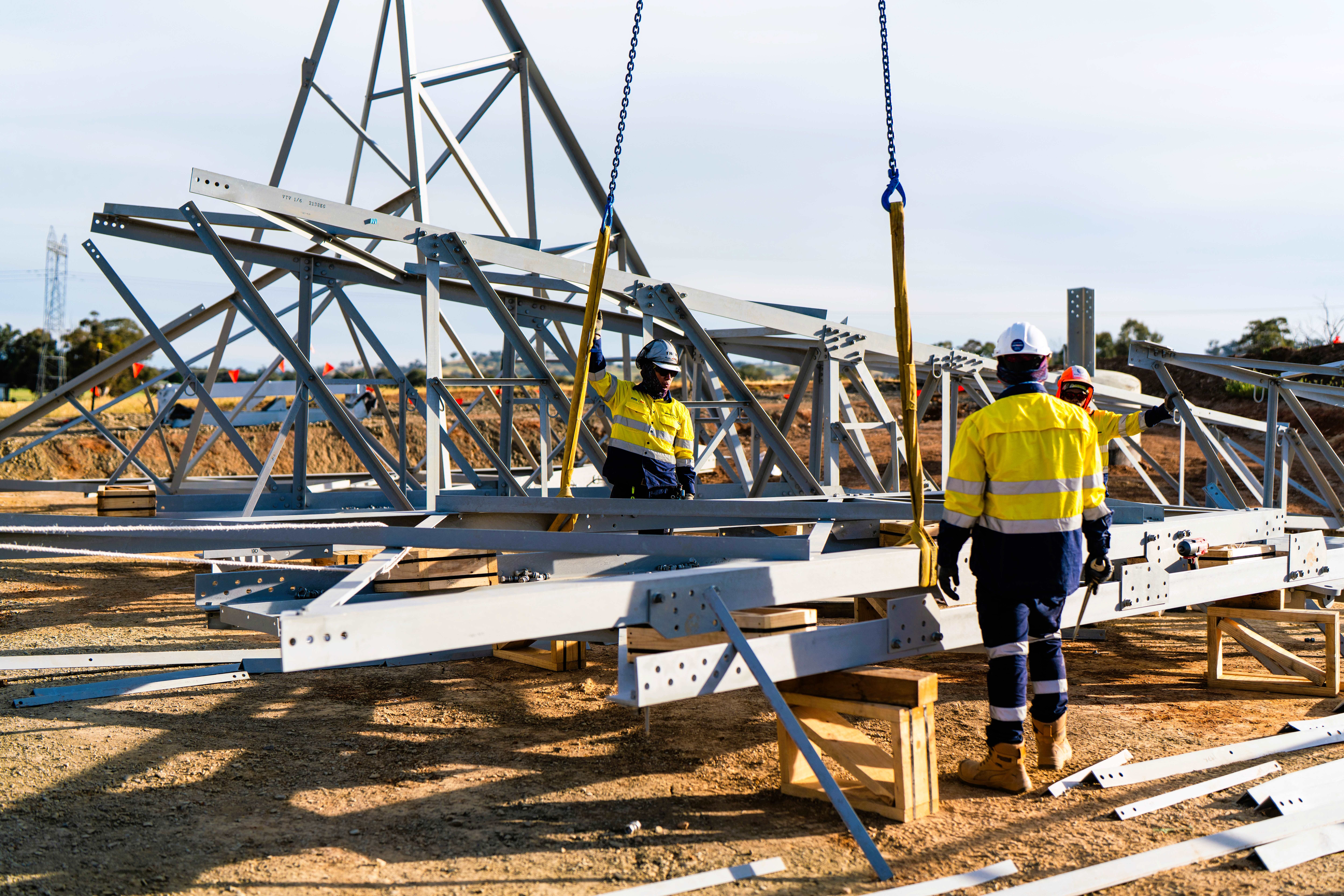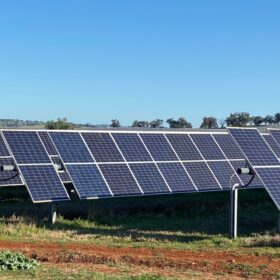Battery boost a game changer for slashing energy bills
There was excellent news at the weekend on Australia’s accelerating progress in slashing consumers’ skyrocketing energy bills and transitioning the community to cheap, clean, reliable firmed renewables. Prime Minister Anthony Albanese’s announcement of a $2.3 billion program to subsidise the purchase of household batteries will deliver a 30% rebate on the price of battery systems from 1 July 2025, with small business and community facilities also eligible.
PV module recycling tech based on electrohydraulic shockwave fragmentation
An international research team has developed a new machine that utilises shockwaves to separate the different materials of a PV module. Chemical processes can be further used to extract silicon and silver. Results show the recovery of more than 99.5% of the original weight of the panels.
Prime Minister vows $2.3 billion battery subsidy scheme if re-elected
The Albanese government has pledged a $2.3 billion residential virtual power plant-ready battery uncapped subsidy scheme if re-elected, that could stimulate an anticipated million battery installations by 2030.
IEA blames slowdown in energy innovation on market uncertainty
The International Energy Agency warns that energy innovation is slowing as shifting priorities and financing changes hinder progress, despite past investments driving economic and security gains.
128 MW hybrid project commissioned in WA
Global Power Generation Australia, a susidiary of Spanish energy company Naturgy, has inaugurated it’s Cunderdin 128 MW solar and 55 MW / 220 MWh battery energy storage system in Western Australia.
Western Australia solar projects top March 2025 performance list
The Potentia Energy Greenough River 1 and Sun Energy Merredin solar farms in Western Australia have topped Rystad Energy’s leaderboard for best performance in March 2025.
Mid-2025 start date set for Central-West Orana REZ transmission project
Australia’s first renewable energy zone 240 kilometre transmission line project will begin construction in mid-2025, and once complete connect 7.7 GW of wind and solar projects and 4.5 GW of new network capacity by 2028.
Investors prioritising renewable energy solutions jumps 16% in 2024
An Investor Group on Climate Change report has found investors are prioritising renewable energy solutions like solar as the market’s top opportunity but remain hamstrung by policy uncertainty.
Scientists propose novel Moon perovskite cell manufacturing strategy
German scientists have proposed power generation for future habitats on the moon could be achieved by manufacturing halide perovskite cells locally, using regolith-based moonglass.
March electric vehicle sales leave February figures in the dust
New figures released by the Electric Vehicle Council show electric vehicles accounted for over 14% of all new cars sold in Australia in March 2025, the highest monthly share on record and drives the sector toward its next evolution: vehicle-to-grid technology.
